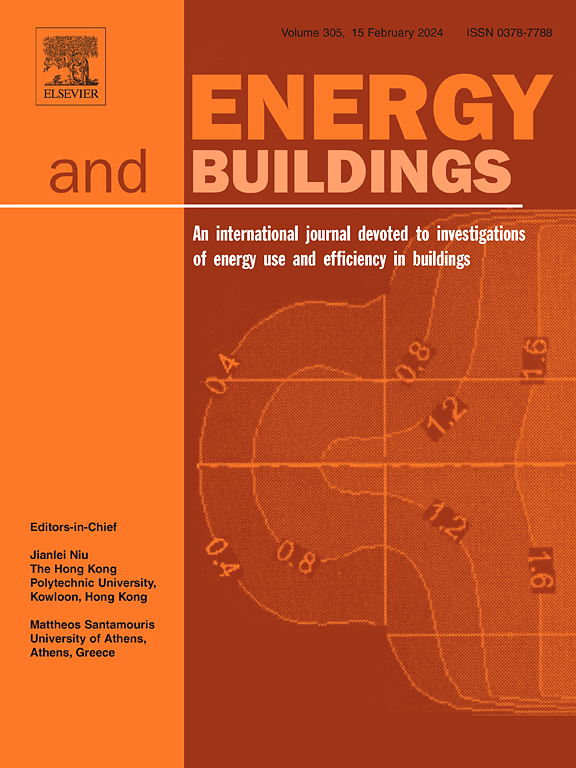Analyzing and predicting residential electricity consumption using smart meter data: A copula-based approach
IF 6.6
2区 工程技术
Q1 CONSTRUCTION & BUILDING TECHNOLOGY
引用次数: 0
Abstract
Accurate demand prediction is essential for smart grid applications, and its precision can be significantly improved by accounting for individual consumption patterns in smart meter data. As nations and corporations increasingly strive for environmental sustainability, integrating clustering methodologies with forecasting models enables the identification of consumption trends and enhances predictive accuracy. Unlike existing prediction methods focusing on point estimates, we propose a novel clustering-based D-Vine Copula Quantile Regression (DVQR) framework for smart meter demand forecasting, which can capture the distribution of consumption behaviors about external factors such as weather conditions and time of day. The K-means are used to group the residential energy data into different groups. By integrating segmentation techniques with predictive models, DVQR leverages clustering to uncover complex and latent patterns in the data. Furthermore, DVQR extends beyond traditional forecasting by using quantile regression to capture variability, heteroscedasticity, and dependencies in consumption patterns, providing more comprehensive insights into the drivers of electricity demand. Our proposed approach is validated on the Melbourne household's dataset and compared with six models to demonstrate its superior performance. The results show that DVQR offers more accurate and flexible quantile predictions, especially when capturing consumption variability under different conditions.
求助全文
约1分钟内获得全文
求助全文
来源期刊

Energy and Buildings
工程技术-工程:土木
CiteScore
12.70
自引率
11.90%
发文量
863
审稿时长
38 days
期刊介绍:
An international journal devoted to investigations of energy use and efficiency in buildings
Energy and Buildings is an international journal publishing articles with explicit links to energy use in buildings. The aim is to present new research results, and new proven practice aimed at reducing the energy needs of a building and improving indoor environment quality.
 求助内容:
求助内容: 应助结果提醒方式:
应助结果提醒方式:


